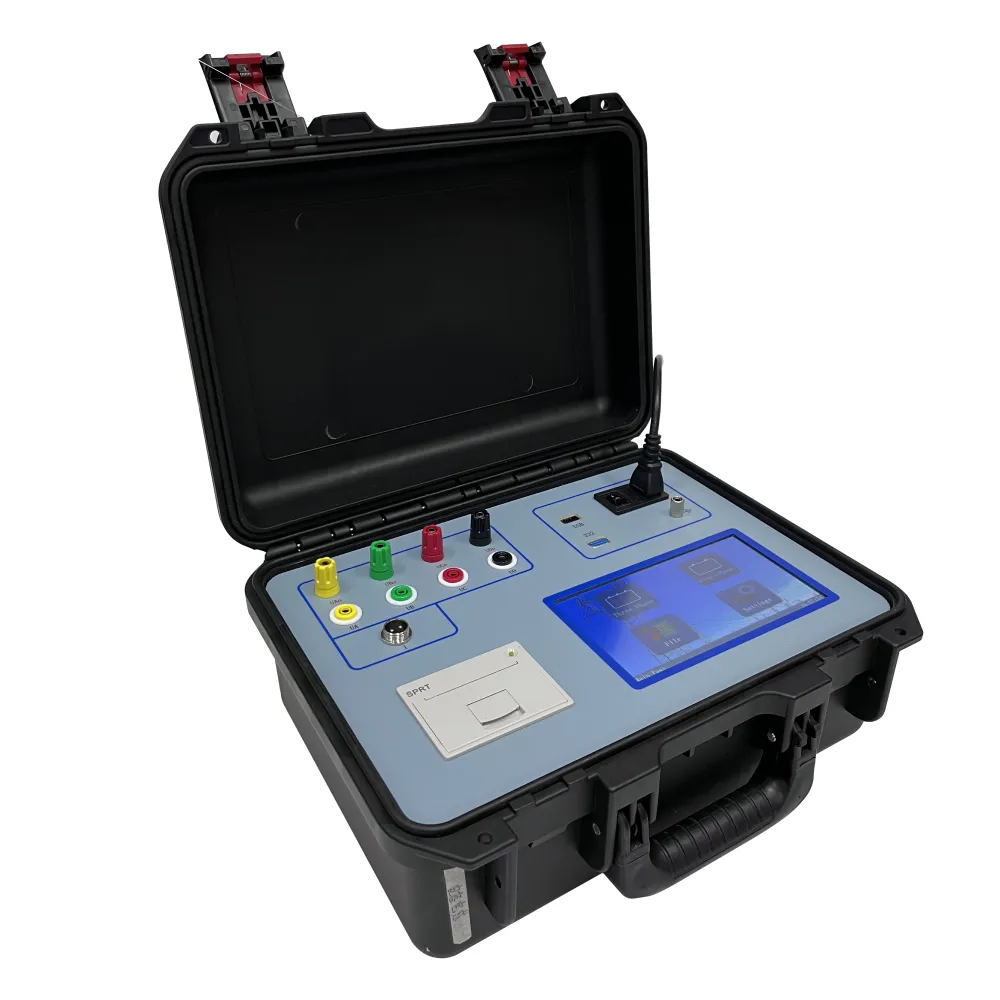 English
English


transformer load loss test
Understanding Transformer Load Loss Testing
Transformers are critical components in electrical power systems, acting as the backbone for the transmission and distribution of electricity. Their efficiency and reliability significantly influence the overall performance of electrical networks. One essential aspect of transformer performance evaluation is the measurement of load losses, commonly referred to as copper losses. This article delves into the intricacies of transformer load loss testing, its importance, methodologies, and implications for transformer operation.
What are Load Losses?
Load losses in a transformer primarily occur due to the resistance of the winding materials when current flows through them. These losses manifest as heat, leading to a decrease in the efficiency of the transformer under load conditions. The primary factor contributing to load losses is I²R losses, where 'I' represents the current, and 'R' denotes the resistance of the winding coils. As the load increases, so too do these losses, making it imperative for electrical engineers to understand and quantify them.
Importance of Load Loss Testing
Effective load loss testing is crucial for several reasons
1. Efficiency Assessment By measuring load losses, operators can assess the efficiency of the transformer. A transformer with high load losses is less efficient, which can lead to higher operational costs and increased energy wastage.
2. Design Optimization Comprehensive load loss testing can provide valuable data that informs the design and material selection for transformers. Engineers can use this knowledge to enhance design features that minimize losses.
3. Performance Benchmarking Load loss tests are vital for establishing benchmarks in transformer performance. Comparing these results with established standards can identify transformers that may require maintenance or replacement.
transformer load loss test

4. Regulatory Compliance Many regions have stringent regulations regarding transformer efficiency. Load loss testing helps manufacturers and operators ensure that their equipment meets necessary environmental and economic standards.
Testing Methodologies
Transformer load loss testing can be performed using several methodologies, each with its own advantages. The most common methods include
1. Short Circuit Test This test involves applying a reduced voltage and measuring the current while short-circuiting one of the transformer windings. The test determines the copper losses accurately and is generally preferred due to its efficiency.
2. Open Circuit Test Although primarily used for measuring core losses, the open circuit test can also provide indirect information about load losses, especially when combined with short circuit results.
3. Direct Load Testing In this method, the transformer is subjected to its rated load while monitoring the voltage and current. This direct approach allows for real-time measurement of losses but requires careful setup and safety precautions.
Conclusion
In conclusion, transformer load loss testing is an indispensable part of transformer management that influences energy efficiency, economic performance, and compliance with regulatory standards. By understanding and applying appropriate testing methodologies, electrical engineers can ensure that transformers operate optimally within their designed capacity. As the demand for efficient power management grows, the role of load loss testing in enhancing transformer design and reliability becomes increasingly critical, paving the way for more sustainable energy solutions.
-
Differences between open cup flash point tester and closed cup flash point testerNewsOct.31,2024
-
The Reliable Load Tap ChangerNewsOct.23,2024
-
The Essential Guide to Hipot TestersNewsOct.23,2024
-
The Digital Insulation TesterNewsOct.23,2024
-
The Best Earth Loop Impedance Tester for SaleNewsOct.23,2024
-
Tan Delta Tester--The Essential Tool for Electrical Insulation TestingNewsOct.23,2024





